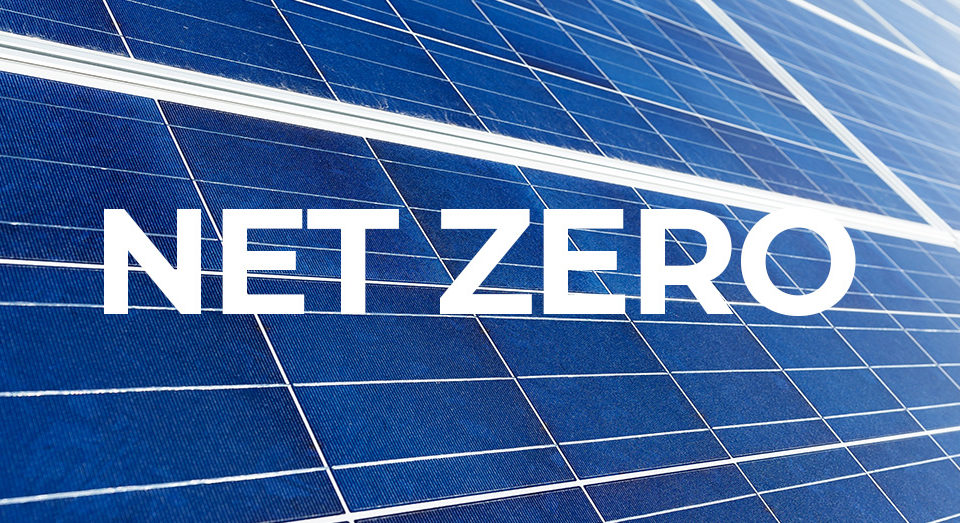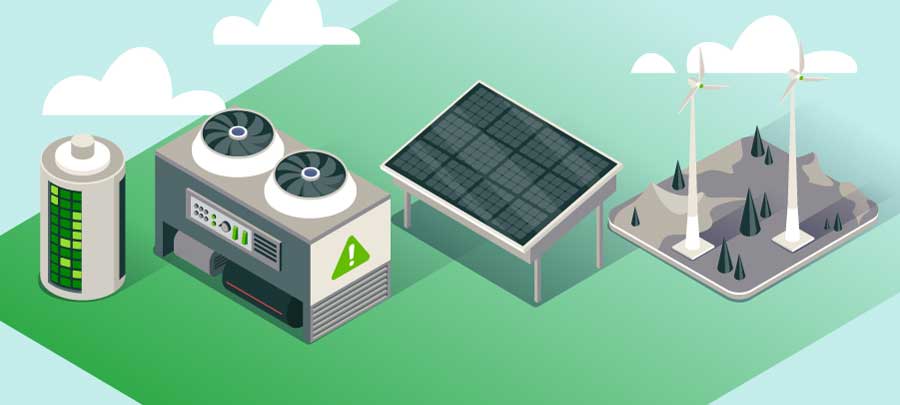Many business owners want to make their business more energy efficient. But how much is the investment and how much money goes to my bottom line? Everyone is trying to find the best way to save money where ever they can. In order to truly cut costs on energy, there are a few simple but necessary energy efficient solutions for businesses. These solutions combine to form what is known as “energy management” solutions. This involves taking control of your energy assets by reducing energy usage of lighting, HVAC and equipment. You can then identify, with the help of benchmarked historical data and/or real-time software, the best way to optimize and improve performance and set pricing for how you use those assets. Here are a few of the most common solutions:
1. Switch to Commercial LED Lighting
There are still businesses using incandescent, fluorescent and high wattage HID lighting for their facility. These tube, wall packs, high-bay and low bay, parking lot and security lighting should have wattages reduced. Electricity usage of lighting can make up a large portion of your total energy costs. You can SAVE up to 75% or more on this portion of your electricity consumption by switching to LED lighting. This reduces your kWh usage and maintenance savings. New LED lighting has many different fixture options, 5 year warranties for reliability and many choices of color rendering are available. You should also consider the economic impact on the positive upgrade in environment for customers and employees. It’s only natural to think of the project in terms of “savings”. However, it is rare that you have the opportunity to save cost on something you use every hour of your operation. That’s 8,760 possible hours a year of large savings with paybacks of 1 to 3 years on lifetime assets of 10 years or more on something you are paying for anyway.
2. Install Building Automation Systems
Building automation systems provide a deeper depth of energy efficiency by helping businesses easily monitor and optimize their energy usage. The monitoring and control features allow for businesses to manage all levels of the building performance related to lighting, cooling and heating, motors, coolers/freezers, CO2 levels, humidity, occupancy, daylight harvesting and outdoor weather. Installing these systems will enable you to identify and optimize efficiency opportunities 24/7/365 from your computer or smart device. Once you have all of the information clearly in front of you, this is when you can make the best decisions on how to operate more energy efficient and minimize energy spend.
3. Solar Energy for Businesses
Switching to solar energy for your business can reduce energy costs, help the environment, and help your business achieve energy independence while increasing reliability. Some not so well known benefits of switching to solar energy include a better way to manage demand charges associated with the electrical grid “reserving electricity” for your business based upon what you have used during peak periods in the past, potential to increase your facility’s property value, combining Solar with the latest battery technology for back-up power and off-peak usage, creating a more self-sustaining facility. There are many different financing options for Solar including Power Purchase Agreements (PPA’s), leasing, loans, Property Accessed Clean Energy (P.A.C.E) programs and offsite solar purchases. These options can be combined with Federal Rebate programs and income for delivery of Solar electricity back to the grid/market.
4. Reduce Commercial Energy Supply Costs
Similar to finding the best energy company for your home electricity provider, your business should be looking for the best value for commercial energy purchases. Businesses should consider utilizing a trustworthy and experienced aggregator/broker/consultant (ABC) for negotiating energy supply costs and obtaining the best deal for their business. The process should take into account a thorough billing analysis to determine your businesses Demand Charges, Load Factors, Power Factor, Peak Usage times and the various fixed and floating market rate options. Utilizing smart meter technology and building data bases to provide information on a go forward basis are also important to minimizing the price associated with electricity purchases..






